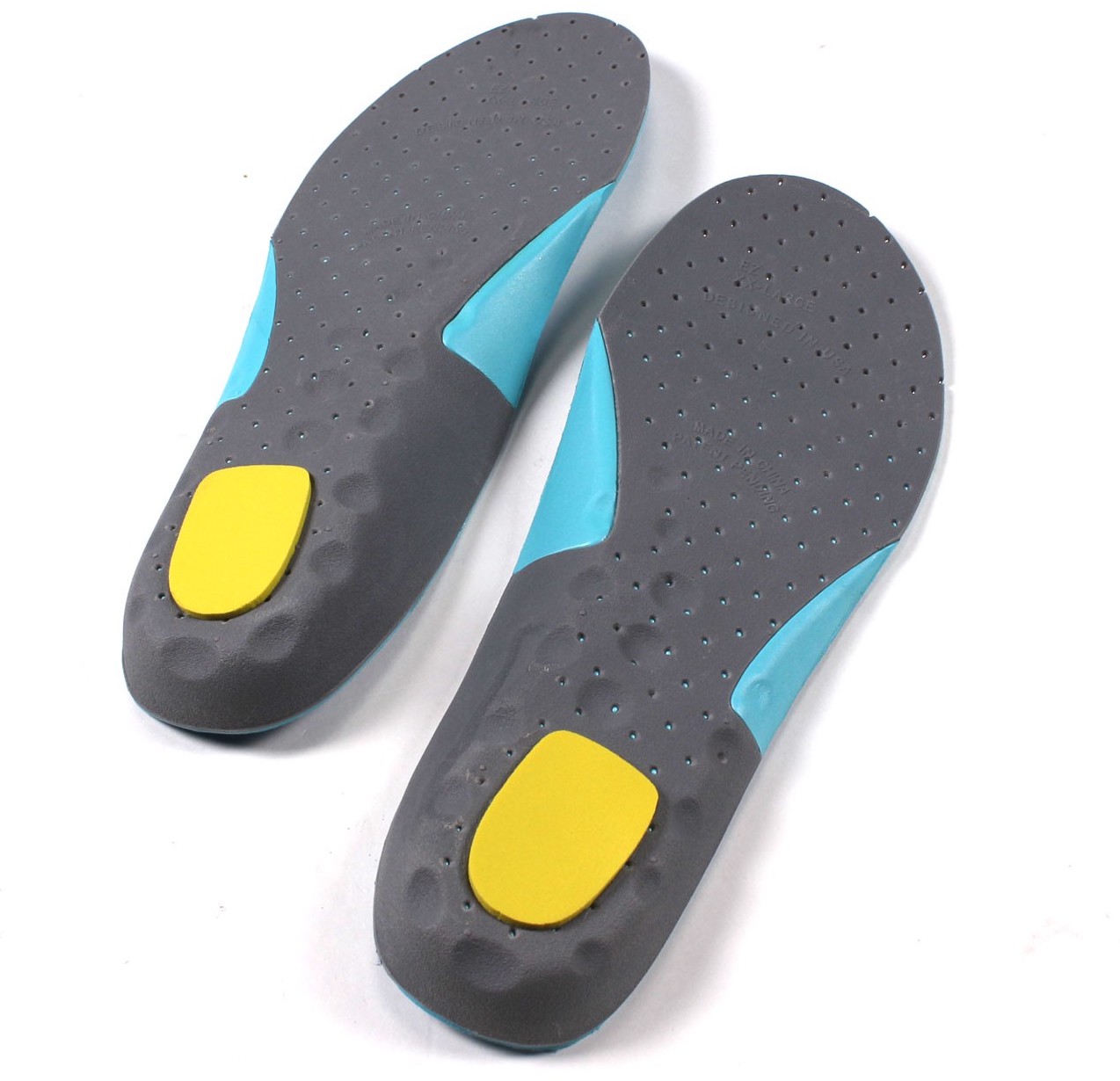Davek Umbrellas: [IOT] Integration Design
Grid Navigator: [IOT] Costom Electronics Box
ILV: [IOT] IPad Case Design
Kerr Sports: [Sports] Soft Foam Injection Molded Design
MasterFit: [Sports] Soft Foam Injection Molded Insole Design
VonDrais: [Sports] Plastic Injection Molded Part Design
City of New York: [Cosmetics] Cosmetics Container
About:
With years of experience in prototyping and design for manufacruing some of the areas of expertise include:- 3D CAD Design
- Product Prototyping
- 3D Printing
- Plastic Injection Molding
- CNC Machining
- Metals, casting and stamping
Some of the industries served include:
- IOT and Electronics
- Sporting Goods
- Consumer Products
- Fashion Accessories
Each project is handled to completion. Designing a 3D CAD model is only the first phase of any project. 3D models must be prepared for prototying and manufacturing. Each method of prototyping, including 3D printing, has to be handled differently in order to realize the best prototype possible. The many complexities of manufacturing methods, including plastic injection molding, require a intimate understanding of each process.
With many different machining methods and materials to choose from, with a wide range of cost and time frames, each project is evaluated to choose the right method both for prototying and for manufacturing.
Technologies Used:
CAD (Computer Aided Design or Drafting)
Encompasses many different methods of designing in both 3D and 2D on the computer. Originally was developed as a replacement for hand-drafted architectural and engineering plans. Can be used directly for modern fabrication techniques.
CAM (Computer Aided Manufacturing)
Includes many different methods of fabricating real-world objects using computer-controlled machining. The creation of mechanical parts, fabrication of furniture and architectural detail work, and designing and prototyping of consumer goods most often use some type of CAM application.
Prototyping and Manufacturing Methods:
3D Printing:
Parts are made by layering material one vertical row at a time in order to produce 3D solids. Many different methods are available including.
- Stereolithography (SLA)
- Jetted Photopolymer (Projet and Polyjet)
- Selective Laser Sintering (SLS)
- Fused Deposition Modeling (FDM)
Uses: For almost any kind of Prototyping of parts,
objects, or molds.
Benefits: Almost any shape can be produced; low amount of labor; fast turnaround
times.
Negatives: Limited materials; small build dimensions; high cost for larger objects.
CNC (Computer Numerical Control):
Uses: CNC milling is often used to make metal parts, especially for small numbers of test parts made from real materials such as steel and aluminum. CNC routers are used in cutting complex curves and 3D surfaces in materials such as wood and plastics.
Benefits: Allows for fabrication of real-world materials and fabrication of very large sized objects like boat hulls and car body molds.
Negatives: All subtractive methods have limitations on what shapes can be fabricated. Common 3D access mills must work from the top down, and cannot cut undercuts without additional steps.
Plastic Injection Molding:
The process of creating parts in thermoplastic from reusable molds. Commonly
used plastics used are:
- polystyrene (low cost, lacking the strength and longevity of other materials)
- ABS or acrylonitrile butadiene styrene (a co-polymer or mixture of compounds
used for everything from Lego parts to electronics housings)
- nylon (chemically resistant, heat resistant, tough and flexible - used
for combs)
- polypropylene (tough and flexible - used for containers)
- polyethylene
- polyvinyl chloride or PVC (more common in extrusions as used for pipes, window frames, or as the insulation on wiring where it is rendered flexible by the inclusion of a high proportion of plasticiser)
Molds for plastic injection molding are usually made from:
- hardened steel
- pre-hardened steel
- aluminum
- beryllium-copper alloy
The process involves heating plastic resin into a molten form and injecting it into the mold. Once the mold has become completely fill and the plastic has returned to a solid state the plastic part must be released from the mold. Much of the work of designing a usable mold is in the design of how the part will be removed and in designing the flow of the molten plastic throughout the cavity of the mold.
Clients:












